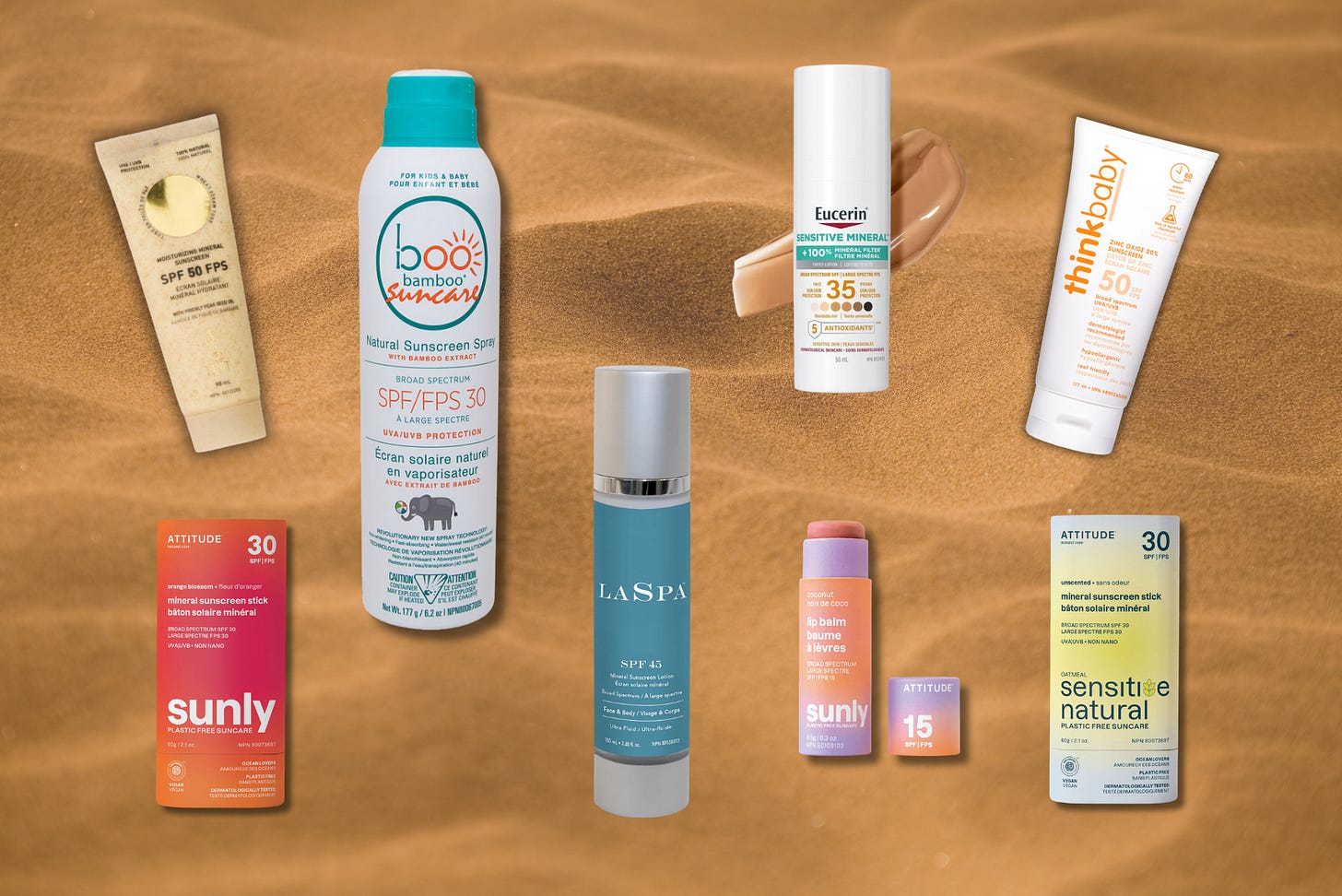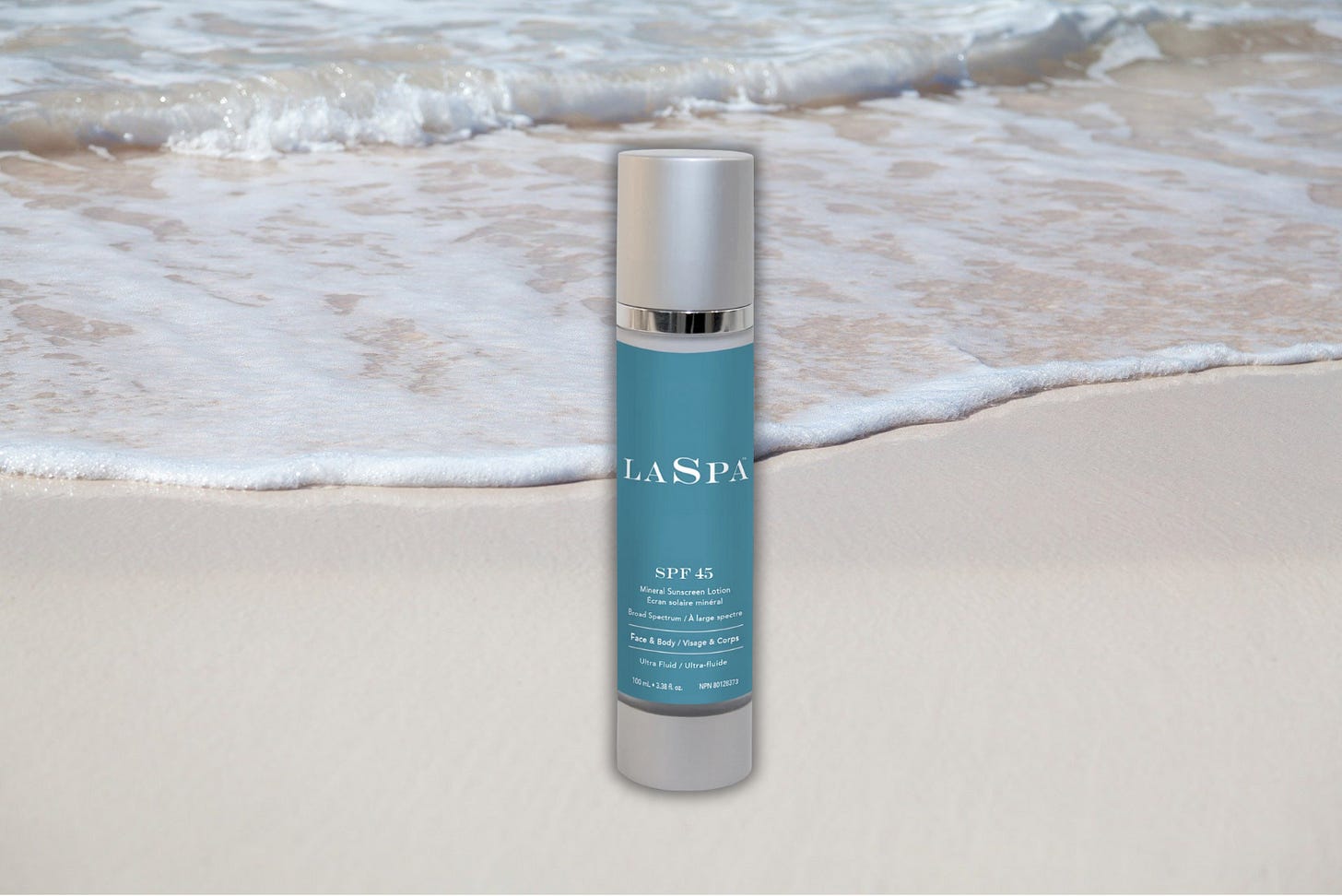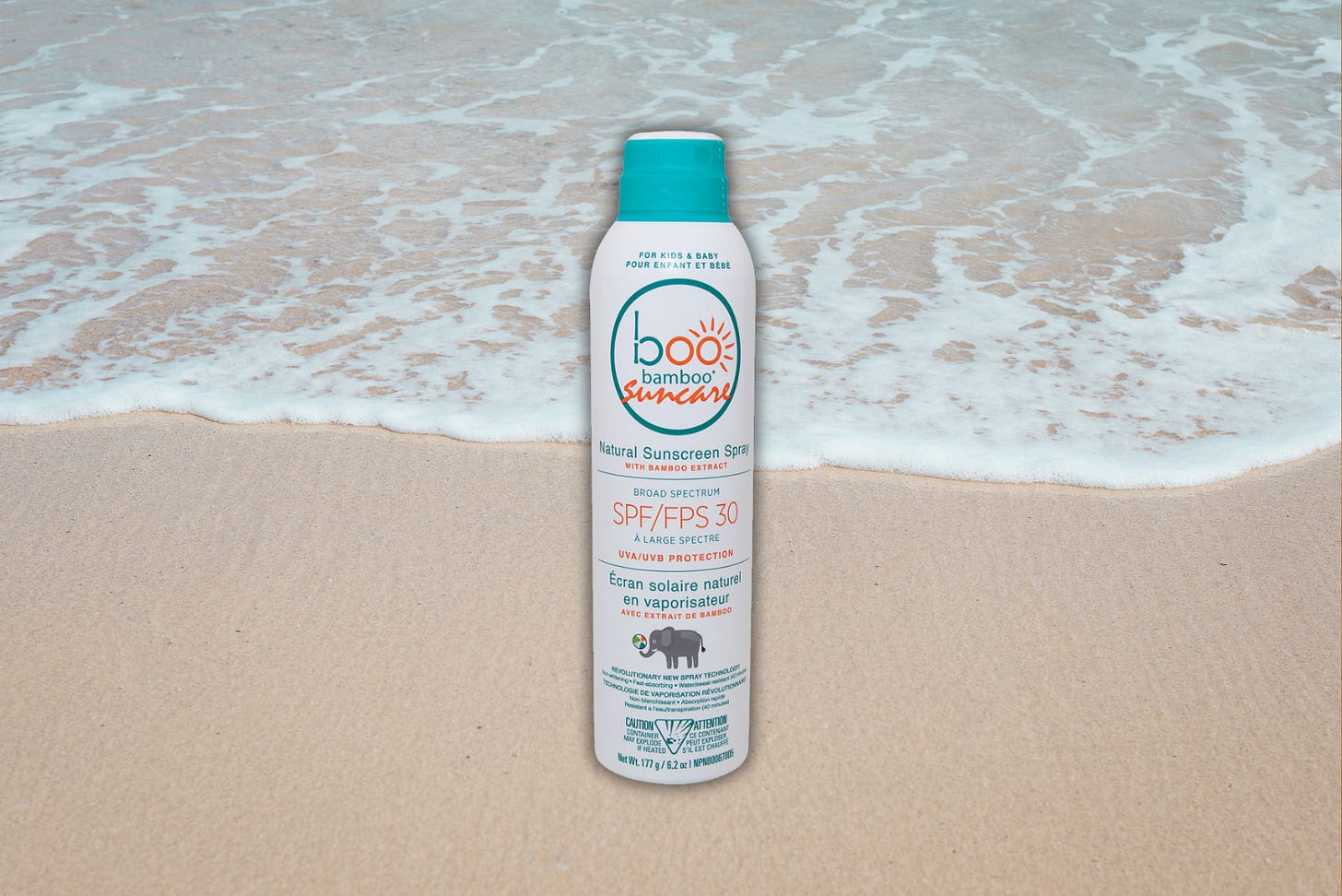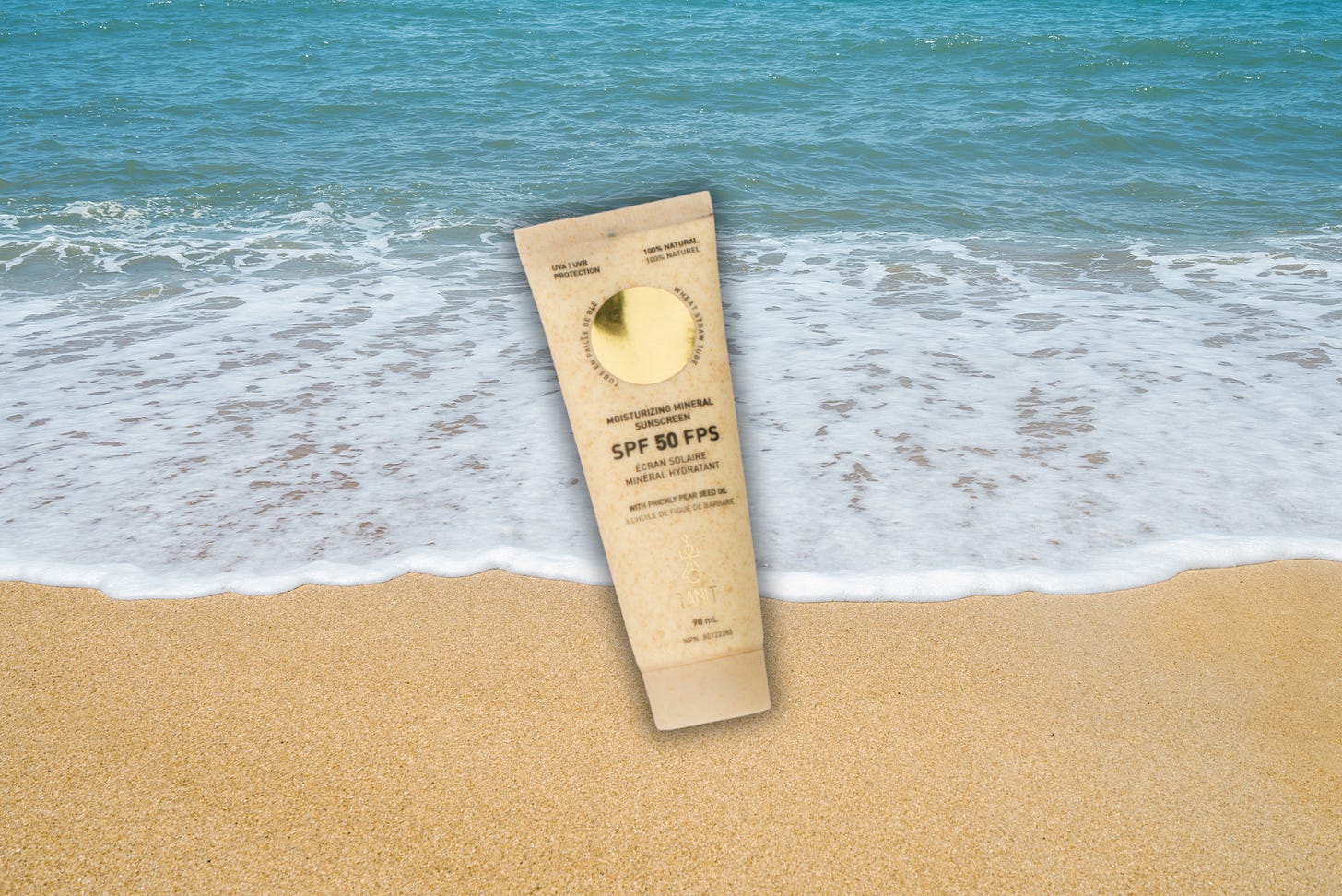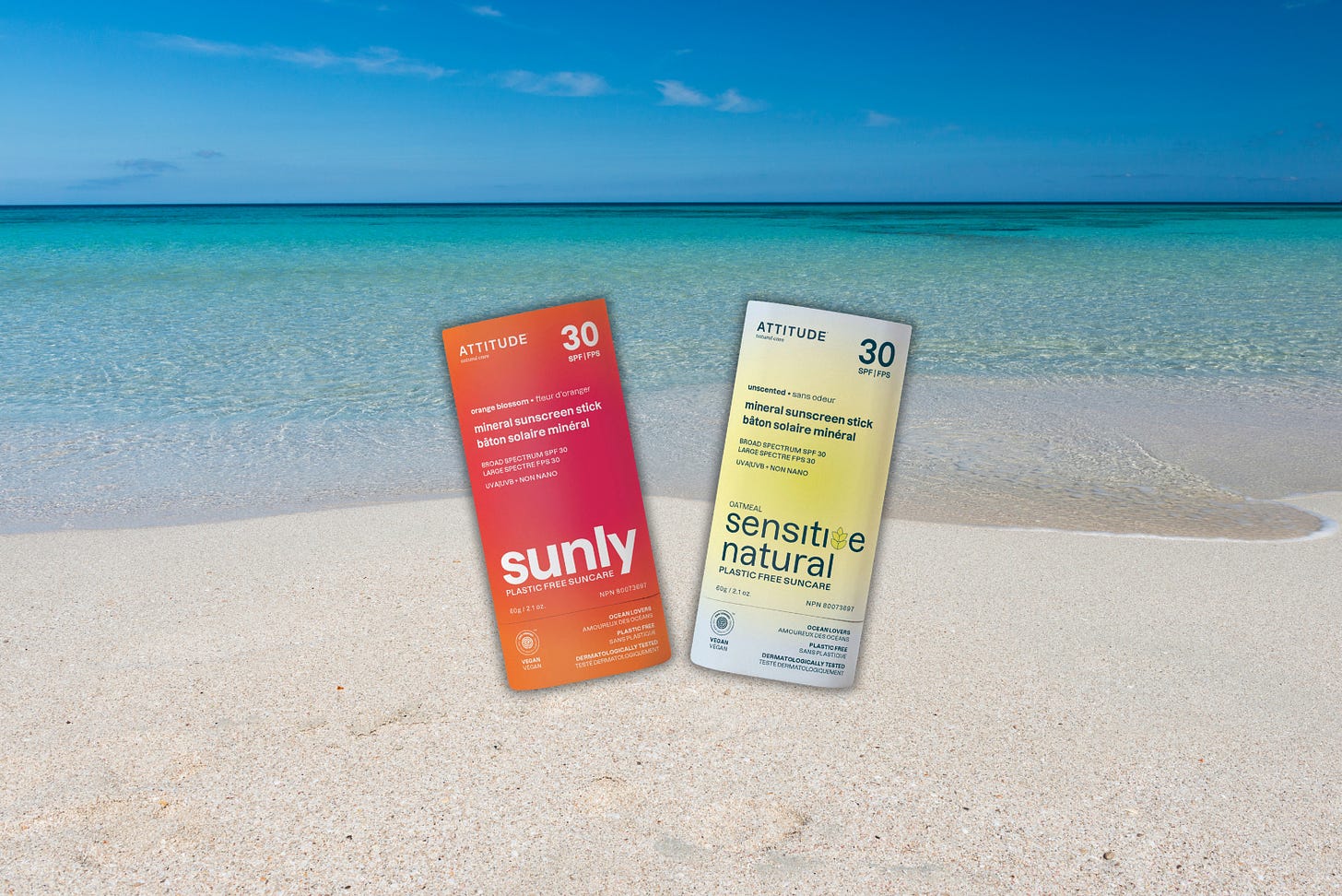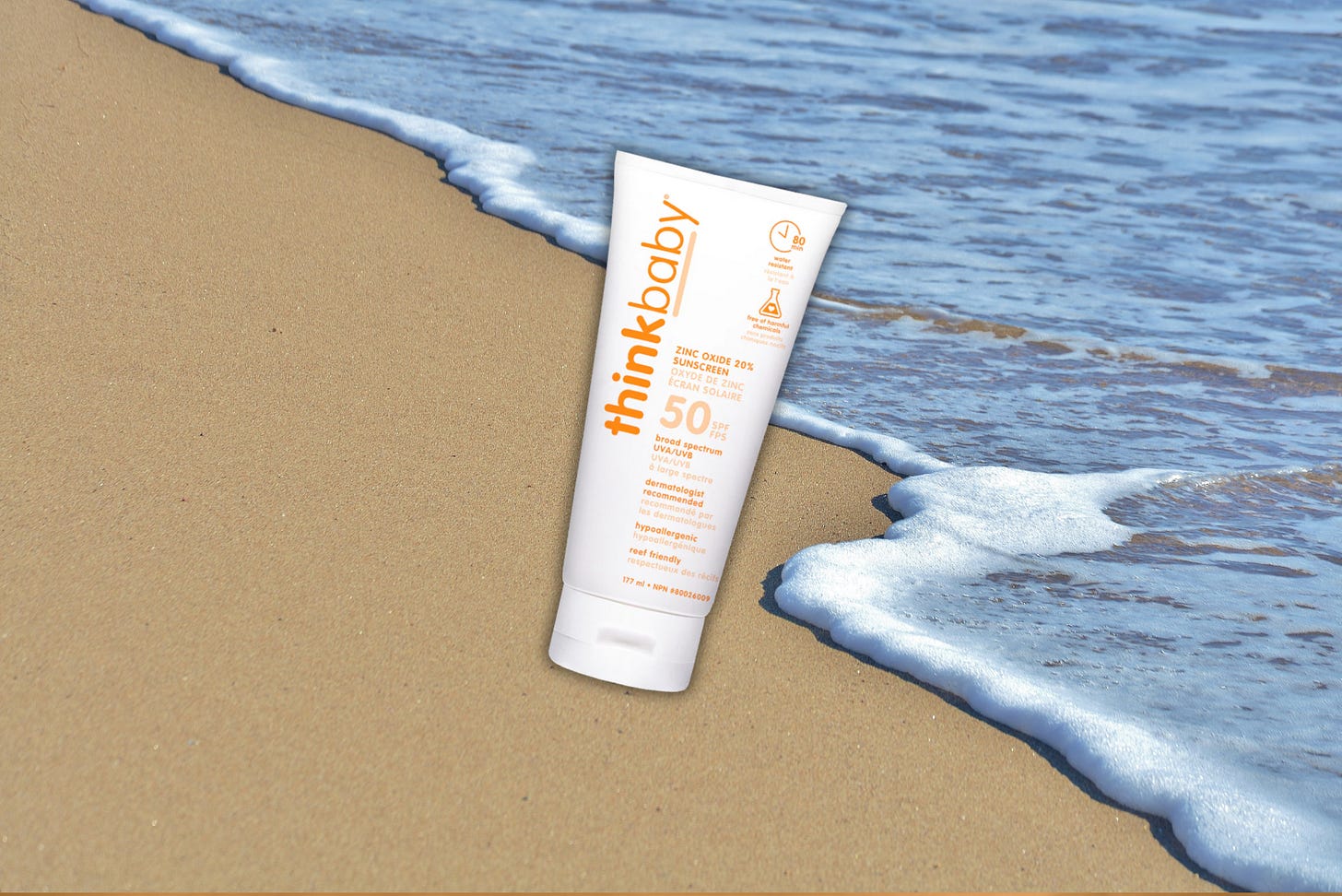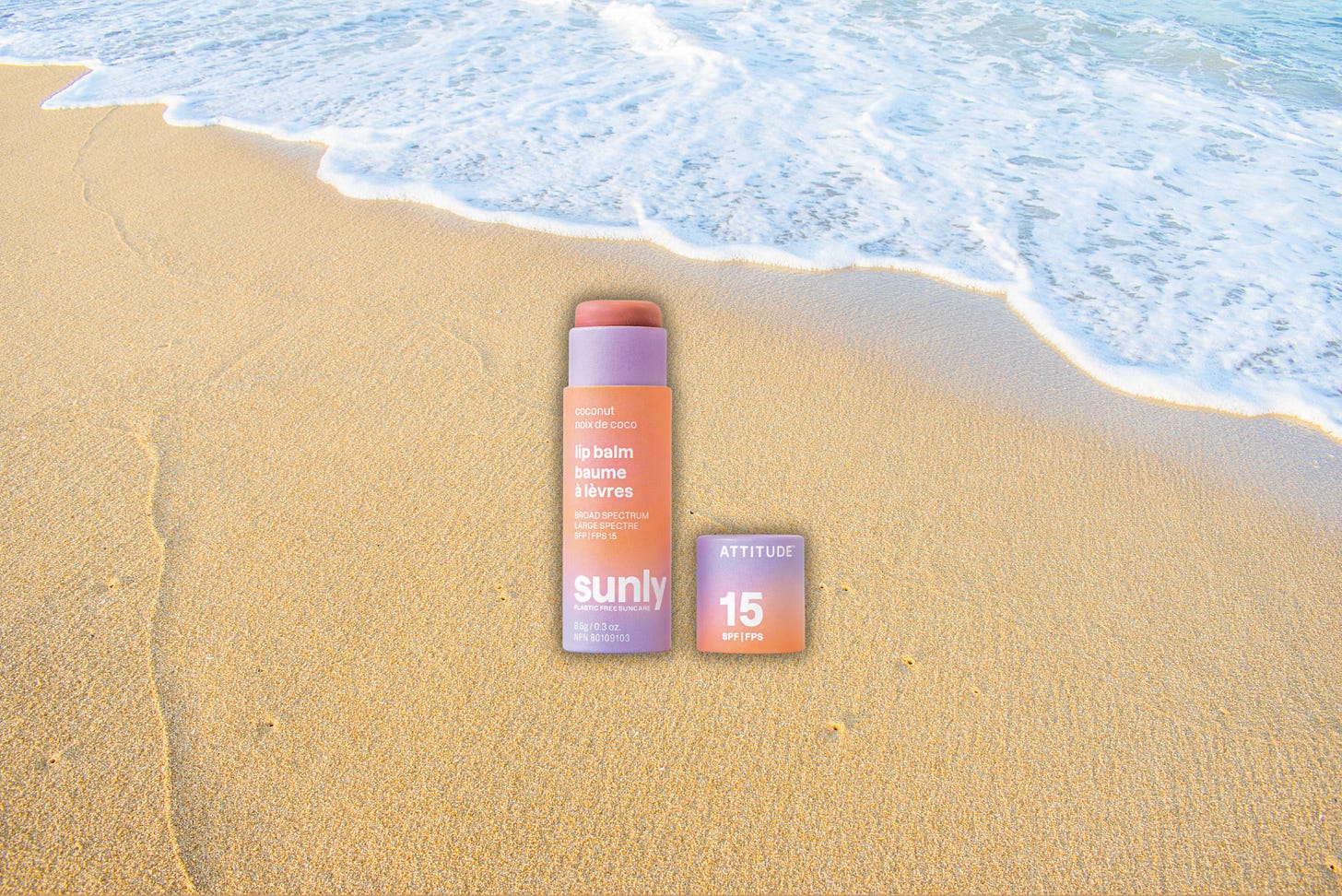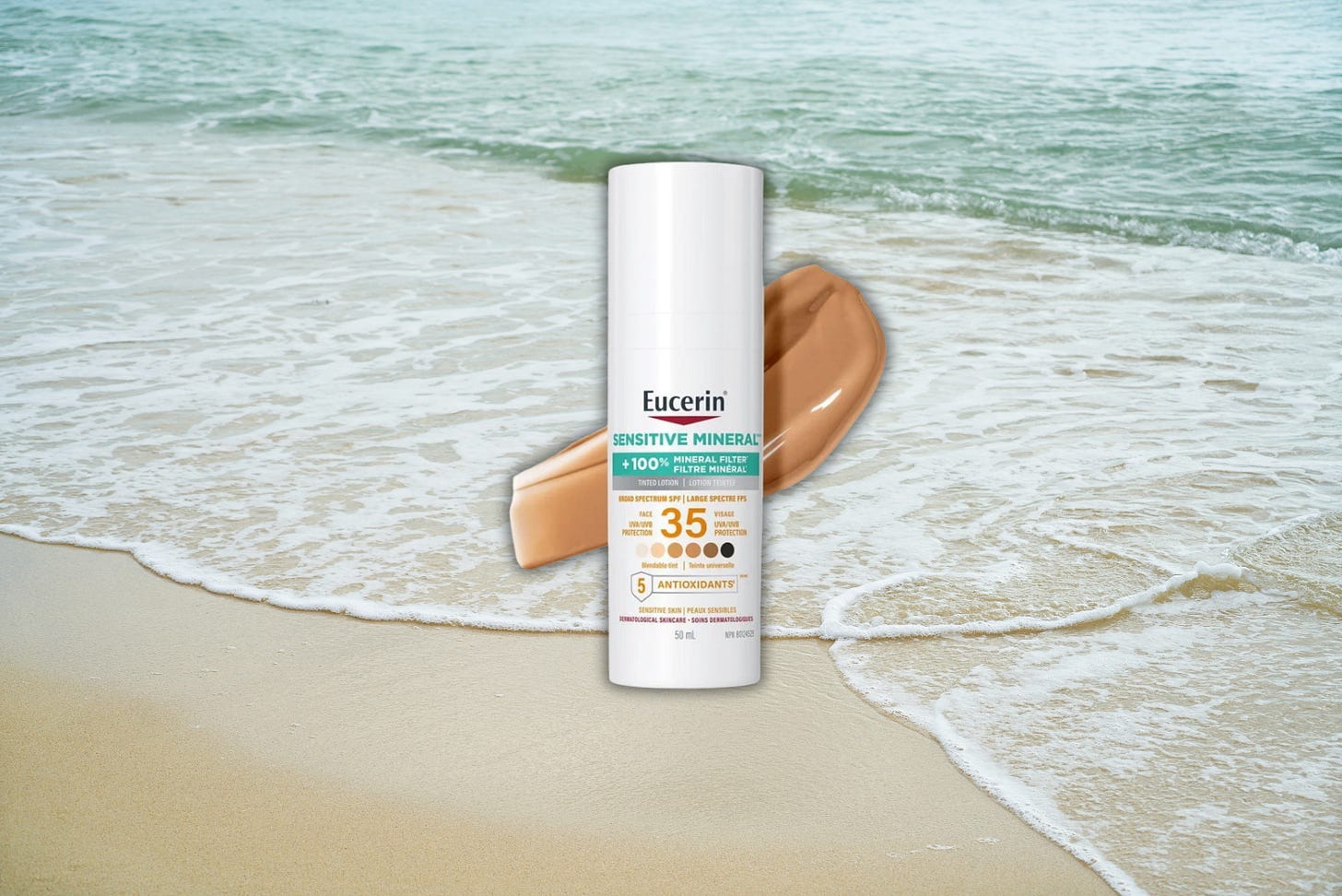Mineral Sunscreens You'll Actually Want To Wear
Mineral sunscreen is safer for your health and the environment. Here's a list of zinc sunscreens I use and love.
With my background working for an environmental charity, I’m all too aware of the plethora of chemicals that are legally used in skincare products — even when they are known to cause health and environmental impacts. So I try to avoid chemicals that could harm myself, my family, or the environment. That’s why I use mineral sunscreen — it’s the safer choice for people and the planet.
Unfortunately, not all mineral sunscreens are created equal. I have tried A LOT of brands, and many of them were a disappointment. They were either too thick, didn’t blend, left a white cast, or dried the skin. Or they were marketed as “natural” and turned out to contain harmful ingredients. I’ve fallen for the greenwashing on several occasions. (This is what happens when you run out of sunscreen, make a last-minute trip to the store, and grab whatever looks like the best option.)
Finally, after researching and testing many products, I’ve curated a list of mineral sunscreens that I’m confident about recommending. But first, here’s some background on why mineral sunscreen is better for people and the planet.
Mineral sunscreen vs chemical sunscreen
Mineral sunscreens protect your skin with zinc oxide (and sometimes titanium dioxide). Also called physical sunscreens, they sit on the surface of your skin and physically block or reflect UV rays. They start working immediately, don’t absorb into your bloodstream, and are gentle on skin. In fact, zinc is well-studied for its anti-inflammatory properties, and is widely used for relieving rashes, soothing dry and itchy skin, and combatting acne.
Chemical sunscreens use ingredients like oxybenzone, octinoxate, and avobenzone to absorb UV radiation and convert it into heat. These chemicals are absorbed into the skin and, in some cases, into the bloodstream. They also have to be applied 15 minutes before sun exposure. Research has linked several of these ingredients to hormone disruption and skin irritation in humans. They have also been shown to bleach coral reefs, harm aquatic organisms, and bioaccumulate in the environment. In fact, several countries have banned the sale of sunscreen made with these chemicals.
Mineral formulas that use non-nano zinc oxide (zinc particles larger than 100 nanometers) don’t absorb into the skin and are considered reef-safe and non-toxic.
Ingredients to avoid in sunscreen
Here are a few of the most concerning ingredients commonly found in chemical sunscreens:
Oxybenzone: Linked to skin allergies, developmental effects, hormone disruption, and and coral bleaching.
Octinoxate: Harmful to coral reefs and potentially disrupts hormone levels.
Homosalate: Accumulates in the body faster than it can be broken down.
Octocrylene: Can degrade into benzophenone, a potential carcinogen.
Fragrance (Parfum): Often a catch-all for a cocktail of undisclosed chemicals that may cause allergic reactions or hormone disruption.
How I chose these sunscreens
To make the cut, each product had to meet the following criteria:
EWG Verified or rated 1–3 on EWG’s Skin Deep database — which rates personal care products on a scale of 1 to 10 based on ingredient safety for human and environmental health. The cleanest products are labeled “EWG Verified.” All of the products I’ve recommended are either EWG Verified or low hazard (1-3). Where a product wasn’t listed, I looked up all of the individual ingredients.
Applies easily — no chalky white film or sticky residue.
Gentle on skin — suitable for sensitive skin and daily wear.
Real-world tested — I've tried (and liked) every one of these, and so have my kids.
You’ll find my recommended sunscreens below.
LASPA SPF45 Mineral Sunscreen Lotion
I learned about LASPA through Dr. Renee Beach, Dermatologist and founder of DermAtelier on Avenue. It’s one of her go-to mineral sunscreens, and it has become one of mine. Of all the mineral sunscreens I’ve tried, LASPA is the lightest and most fluid, with a truly translucent coverage. Clinically tested, it is hypoallergenic and made with certified organic ingredients and enriched with antioxidants. I has no synthetic perfumes — only essential oils — and has a faint aroma of cinnamon. A new product, it’s not yet listed on the EWG website — but their other products are rated 1: low hazard.
*Made in Canada
Note: This product uses nano zinc, but it is bound with other ingredients so it doesn’t absorb into the skin and has a “non-nano effect.”
Baby Boo SPF 30 Natural Mineral Sunscreen Spray
Early this summer my husband found this sunscreen at Winners. I hadn’t heard of this brand, and I worried he fell for greenwashing — but it checks out. Although not listed in the EWG database, I looked up each of the ingredients. Only one was flagged: Phenoxyethanol, a preservative that can irritate the skin at high doses (much higher than the amount used in skincare products). My youngest has sensitive skin, and she hasn’t had any issues.
The non-aerosol spray covers a large area quickly — which is helpful if you’re scrambling to get your kids ready for school or camp. Enriched with organic bamboo extract and minerals, it has a lightweight, silky texture that’s easy to apply and quick to absorb — without any white residue.
*Made in Canada
Tanit Moisturizing Mineral Sunscreen
I came across this sunscreen when I was writing an article on eco-friendly laundry detergents for Chatelaine. Given I love TANIT’s zero-waste products, it’s no surprise their sunscreen is one of my favourites. Formulated with argan oil, jojoba oil, and shea butter, it has a light and creamy texture. It also includes organic prickly pear oil, an antioxidant that brightens skin, fights free radicals, and promotes healthy cell renewal.
This sunscreen doesn’t leave a white cast or residue. Even the packaging is carefully considered; The tube is made from wheat straw — the plant stems that are otherwise disposed of after harvesting the grain. It comes in unscented or coconut vanilla (which smells delicious).
Note: All of the ingredients are rated by EWG as low hazard except for 1: benzyl alcohol, which can cause allergic reactions. Used at appropriate concentrations, however, it is considered safe.
*Made in Canada
ATTITUDE Mineral Sunscreen Stick
I’m a big fan of ATTITUDE products — I use their dish soap, laundry detergent, body wash, shampoo, and more. So I was excited to try their new Sunly sunscreen. Not only is it EWG Verified but it’s packaged in a plastic-free cardboard tube. And even though it comes in a solid form, it’s surprisingly easy to apply — unlike others that are thick and hard to rub in. This is what I’ve been sending with my kids to camp — I don’t have to worry about it spilling or exploding!
*EWG Verified
*Made in Canada
Think Baby Mineral Sunscreen
This was one of my go-to sunscreens when I had babies, and still find the scent nostalgic. Back then (less than 10 years ago) it was one of the first mineral, non-toxic sunscreens, and it’s still a standby for many parents. Dermatologist tested, it’s safe and gentle on a baby’s delicate skin. With SPF 50, it offers excellent protection.
*EWG Verified
Sunly Tinted Lip Balm by ATTITUDE
A zinc lip balm that doesn’t turn your lips white? AND it comes in biodegradable cardboard tube? Yes please! That was my reaction when I discovered this product — in the aisle of Shoppers Drug Mart, no less. Of course I bought it, and it’s now one of my favourites. The subtle tint isn’t pigmented like a typical tinted lip balm — just enough to cancel out any white cast from the zinc oxide. The result is a supple, hydrating lip balm that offers sun protection and works with any lip colour.
*EWG Verified
*Made in Canada
Eucerin Sun Tinted Mineral Sunscreen Face Lotion
I was excited to find this tinted mineral sunscreen, made by a recognized brand that’s tailored to dry, sensitive, and eczema-prone skin. Developed by dermatologists, it doesn’t irritate skin or clog pores. I looked it up on the EWG database while I was at the store, and with a rating of 2, I decided to give it a try. It wears like a tinted moisturizer, albeit a bit on the thick side. For my skin tone, which tans no matter how much sunscreen I wear, it blended in beautifully. While it’s marketed as suitable for daily use under makeup, I find that the subtle tint is all I need — no makeup necessary.
*EWG rating: 2
I hope this helps you find a mineral sunscreen that works for you or your family. Let me know what you think! And if you have a go-to mineral sunscreen you think I should try, please let me know — I plan to keep updating this list. The more planet-friendly products we have to choose from, the better.



